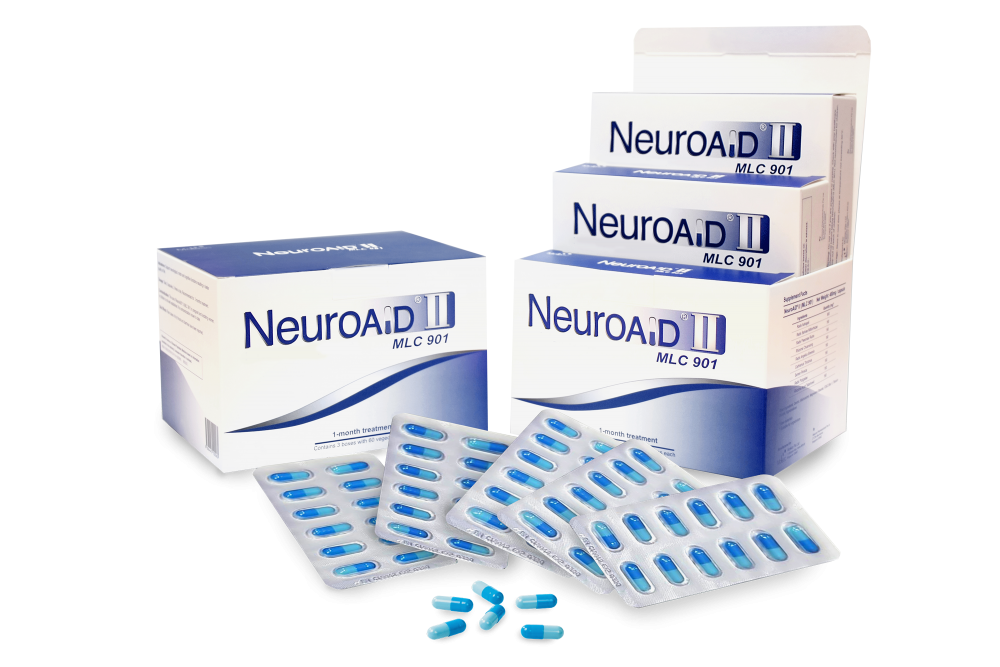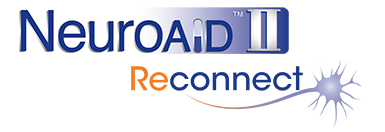Read testimonials on NeuroAiD down below!
Disclaimers: NeuroAiD™ II is a trademark of Moleac. MLC601 and MLC901 are 2 different proprietary formulations which have been shown to be equivalent in pharmacology and are referred as NeuroAiD on this webpage.
Find-out if NeuroAiD is right for you.
Leave your questions to our Customer Care team by clicking on the box below. Always seek advice from your physician.





